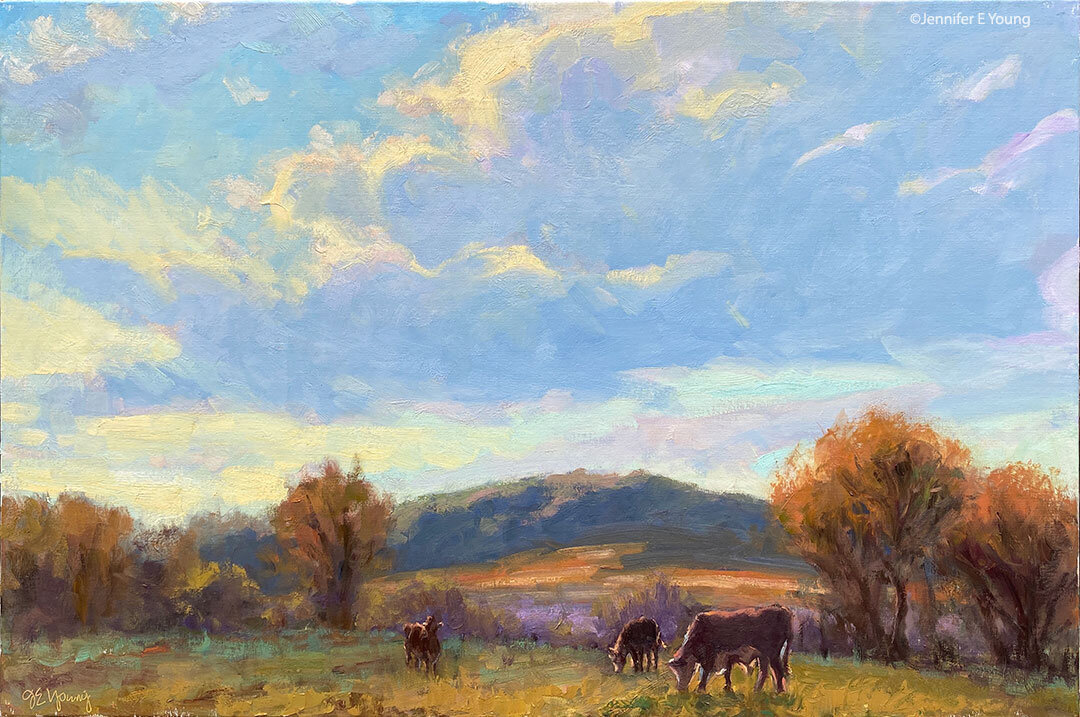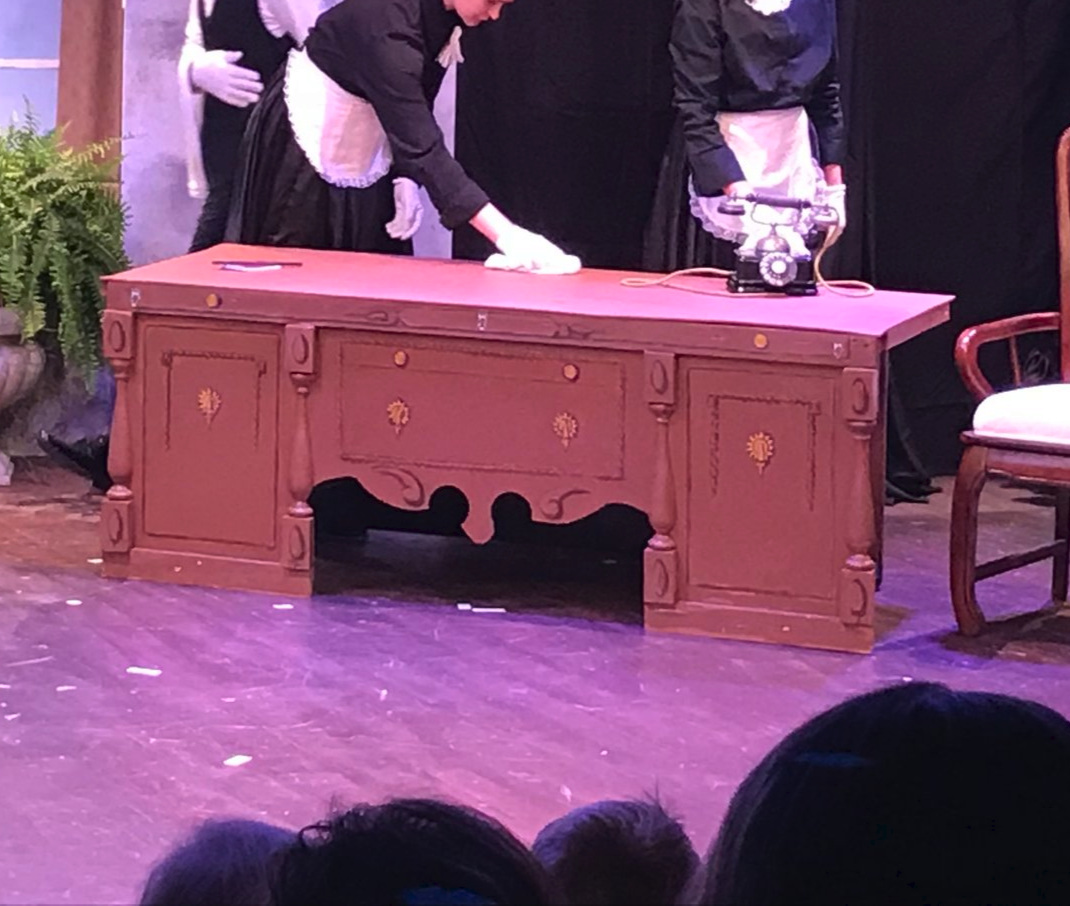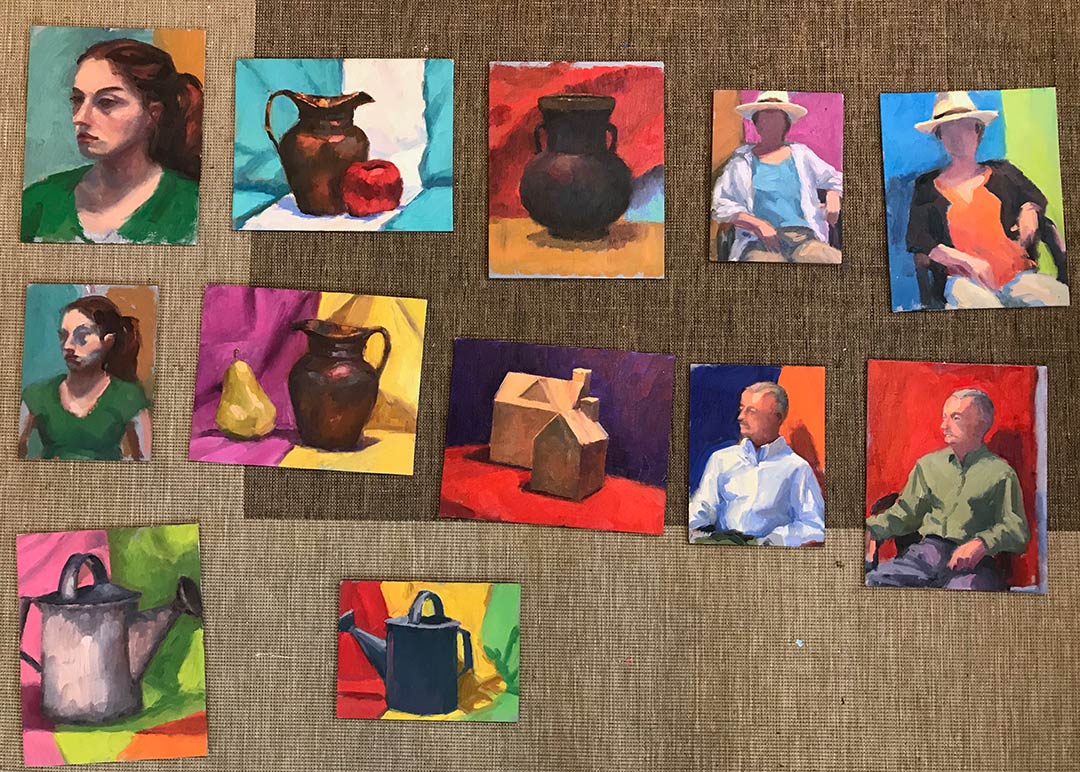Wild Roses (France); and thoughts on painting loose
/As mentioned in my previous post, here's a new painting about to come off the easel. Maybe a touch or two yet to go, but mostly it's done. Photographing this painting was a bit of a challenge today due to a lack of good light. It's a pretty decent shot, though I may try a reshoot once the sun comes out:

"Wild Roses" Oil on Linen, 20x16" ©Jennifer Young
This is another scene from one of those beautiful misty mornings in southern France that I've written of before. Even though this was somewhat after the heavy fog had lifted, the moist air remained, and the diffused, cool light kept everything soft but saturated.
One thing I've been learning from my plein air paintings is that even the less successful pieces done on location have a certain freshness to them (if I don't allow myself to work them beyond the point that I should). There are many reasons for this, not the least of which is that I am painting from life.
But I've also noticed that the brush size-to-canvas ratio is much larger due to the smaller plein air canvases. I don't use tiny brushes (unless I need to sign my name) so I'm really forced to simplify. And I must say, by the very nature of the way I have to approach the painting, I often end up saying more with less.
I try to keep this in mind on days when I'm working on larger paintings in the studio, and to make a more conscious effort to retain that same kind of freshness and looseness. It's a different matter than plein air painting, but it's been helpful for me to consciously reach for the largest possible brushes to do the task at hand, and to *try* to state things as economically as possible rather than overworking.
It's not an overstatement to say that sometimes my greatest motivations are my limitations. Andin the field, time is a built-in task-master due to the ever-changing light. But in my studio, unless my schedule is crammed full of other chores (as it is soon about to become!) there usually isn't that same kind of urgency. Without that, it can really be tempting to noodle around endlessly.
In my studio work, along with relying a lot more on memory, my challenge is to supply my own urgency, and to work more quickly and loosely. All this and still have command of the paint. There's the rub. After all, loose and quick is pretty pointless if the drawing or composition is weak or if the values aren't right.
It's a lot to consider if you think about it, but it is a fun challenge for me, and hopefully in time I can continue to work even more effectively in this manner on larger canvases still.
















